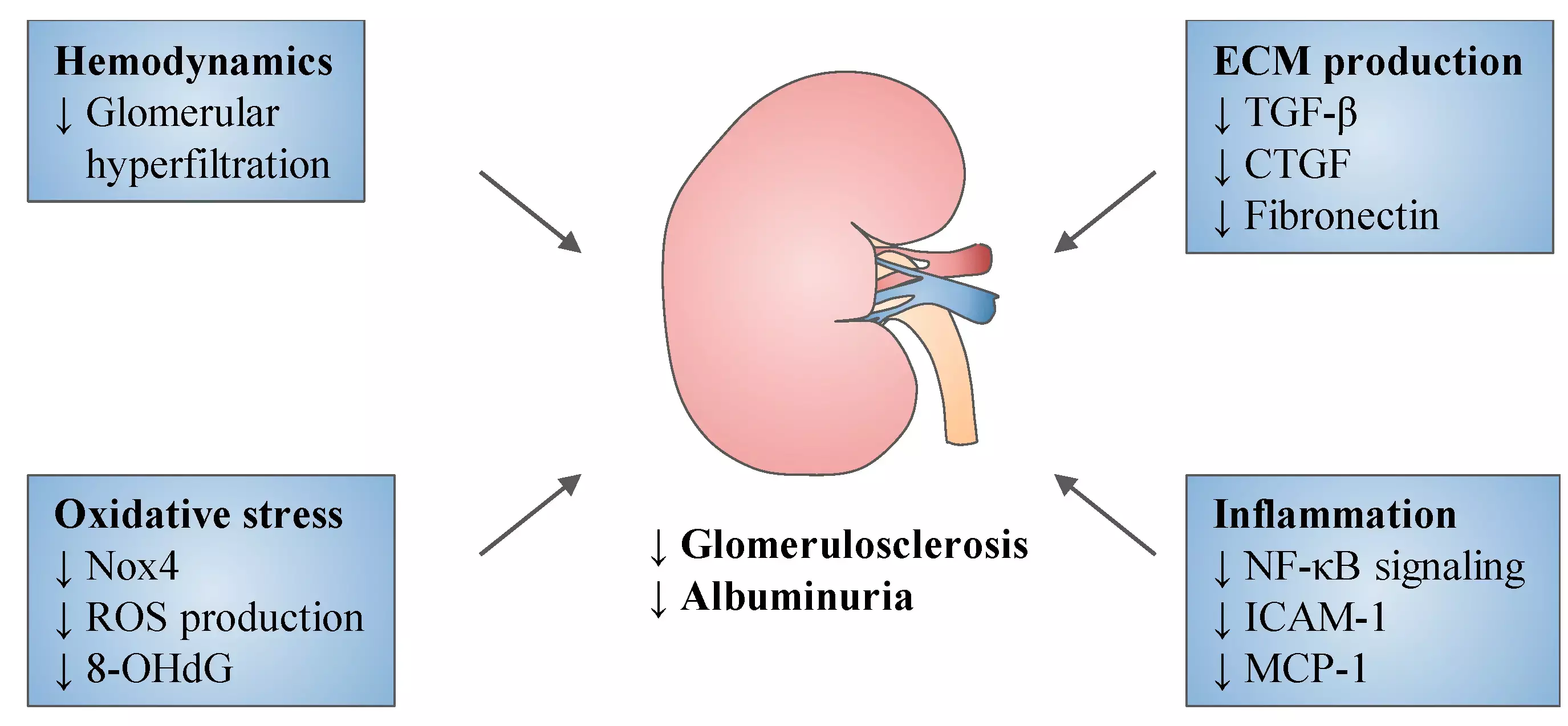- Home
- Medical news & Guidelines
- Anesthesiology
- Cardiology and CTVS
- Critical Care
- Dentistry
- Dermatology
- Diabetes and Endocrinology
- ENT
- Gastroenterology
- Medicine
- Nephrology
- Neurology
- Obstretics-Gynaecology
- Oncology
- Ophthalmology
- Orthopaedics
- Pediatrics-Neonatology
- Psychiatry
- Pulmonology
- Radiology
- Surgery
- Urology
- Laboratory Medicine
- Diet
- Nursing
- Paramedical
- Physiotherapy
- Health news
- Fact Check
- Bone Health Fact Check
- Brain Health Fact Check
- Cancer Related Fact Check
- Child Care Fact Check
- Dental and oral health fact check
- Diabetes and metabolic health fact check
- Diet and Nutrition Fact Check
- Eye and ENT Care Fact Check
- Fitness fact check
- Gut health fact check
- Heart health fact check
- Kidney health fact check
- Medical education fact check
- Men's health fact check
- Respiratory fact check
- Skin and hair care fact check
- Vaccine and Immunization fact check
- Women's health fact check
- AYUSH
- State News
- Andaman and Nicobar Islands
- Andhra Pradesh
- Arunachal Pradesh
- Assam
- Bihar
- Chandigarh
- Chattisgarh
- Dadra and Nagar Haveli
- Daman and Diu
- Delhi
- Goa
- Gujarat
- Haryana
- Himachal Pradesh
- Jammu & Kashmir
- Jharkhand
- Karnataka
- Kerala
- Ladakh
- Lakshadweep
- Madhya Pradesh
- Maharashtra
- Manipur
- Meghalaya
- Mizoram
- Nagaland
- Odisha
- Puducherry
- Punjab
- Rajasthan
- Sikkim
- Tamil Nadu
- Telangana
- Tripura
- Uttar Pradesh
- Uttrakhand
- West Bengal
- Medical Education
- Industry
SGLT2 inhibitors may slow progression of diabetic retinopathy: JAMA

SGLT2 inhibitors may lower risk of diabetic nephropathy and cut progression of diabetic retinopathy suggests a new study published in the JAMA.
Diabetic nephropathy and diabetic retinopathy share many similarities in pathophysiological processes. Preclinical studies have shown that sodium-glucose cotransporter 2 inhibitors (SGLT2is) have a protective role in the risk of diabetic retinopathy.
A study was done to compare the risk of sight-threatening retinopathy associated with SGLT2is and other second-line glucose-lowering medications (including pioglitazone, sulfonylureas, and dipeptidyl peptidase-4 inhibitors [DPP-4is]) in patients with type 2 diabetes (T2D).
This cohort study in Taiwan applied a new-user and active-comparator design. Patient demographic and clinical data were obtained from the National Health Insurance Research Database. Adult patients with newly diagnosed T2D from January 1, 2009, to December 31, 2019, were recruited and followed up until December 31, 2020. Propensity score matching was used to identify pairs of patients treated with SGLT2i vs DPP-4i, SGLT2i vs pioglitazone, and SGLT2i vs sulfonylurea from January 1, 2016, to December 31, 2019. Data were analyzed between August 18, 2022, and May 5, 2023.
The main outcome was sight-threatening retinopathy in participants. Cox proportional hazards regression models were used to assess relative hazards of sight-threatening retinopathy between the matched case and control groups.
Results
A total of 3 544 383 patients with newly diagnosed T2D were identified. After 1:1 propensity score matching, 65 930 pairs of patients treated with SGLT2i vs DPP-4i, 93 760 pairs treated with SGLT2i vs pioglitazone, and 42 121 pairs treated with SGLT2i vs sulfonylurea were identified. These matched patients included 236 574 males (58.6%), with a mean (SD) age of 56.9 (11.8) years. In the matched cohorts, SGLT2i had a significantly lower risk of sight-threatening retinopathy than DPP-4i (adjusted hazard ratio [AHR], 0.57; 95% CI, 0.51-0.63), pioglitazone (AHR, 0.75; 95% CI, 0.69-0.81), and sulfonylureas (AHR, 0.62; 95% CI, 0.53-0.71). The Kaplan-Meier curves showed that SGLT2i was associated with a significantly lower cumulative incidence of sight-threatening retinopathy than DPP-4i (3.52 vs 6.13; P < .001), pioglitazone (4.32 vs 5.76; P < .001), and sulfonylureas (2.94 vs 4.67; P < .001).
This cohort study found that SGLT2i was associated with a lower risk of sight-threatening retinopathy compared with DPP-4i, pioglitazone, and sulfonylureas. This finding suggests that SGLT2i may play a role not only in reduced risk of diabetic nephropathy but also in the slow progression of diabetic retinopathy in patients with T2D.
Reference:
Yen F, Wei JC, Yu T, Hung Y, Hsu C, Hwu C. Sodium-Glucose Cotransporter 2 Inhibitors and Risk of Retinopathy in Patients With Type 2 Diabetes. JAMA Netw Open. 2023;6(12):e2348431. doi:10.1001/jamanetworkopen.2023.48431
Dr. Shravani Dali has completed her BDS from Pravara institute of medical sciences, loni. Following which she extensively worked in the healthcare sector for 2+ years. She has been actively involved in writing blogs in field of health and wellness. Currently she is pursuing her Masters of public health-health administration from Tata institute of social sciences. She can be contacted at editorial@medicaldialogues.in.
Dr Kamal Kant Kohli-MBBS, DTCD- a chest specialist with more than 30 years of practice and a flair for writing clinical articles, Dr Kamal Kant Kohli joined Medical Dialogues as a Chief Editor of Medical News. Besides writing articles, as an editor, he proofreads and verifies all the medical content published on Medical Dialogues including those coming from journals, studies,medical conferences,guidelines etc. Email: drkohli@medicaldialogues.in. Contact no. 011-43720751


